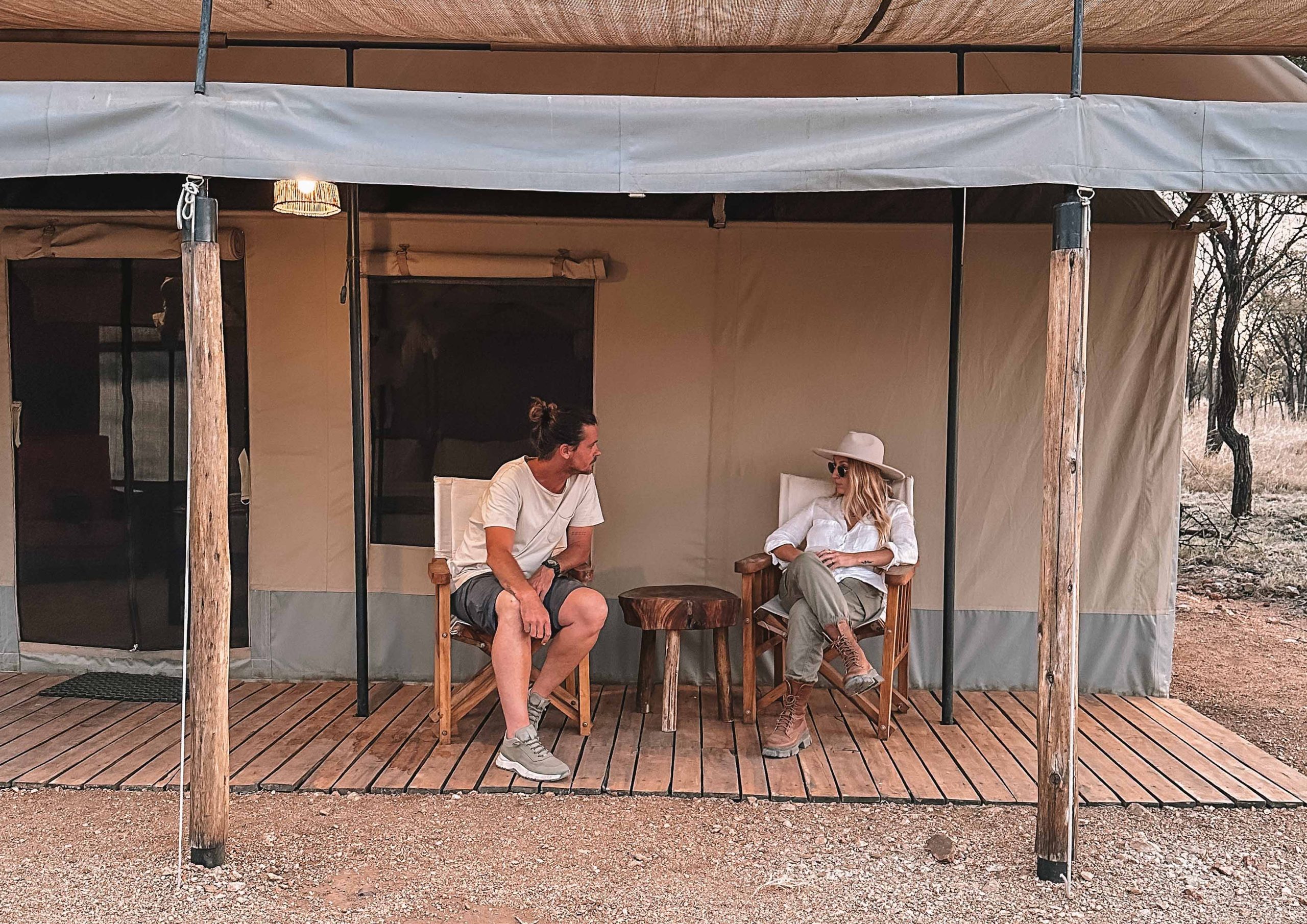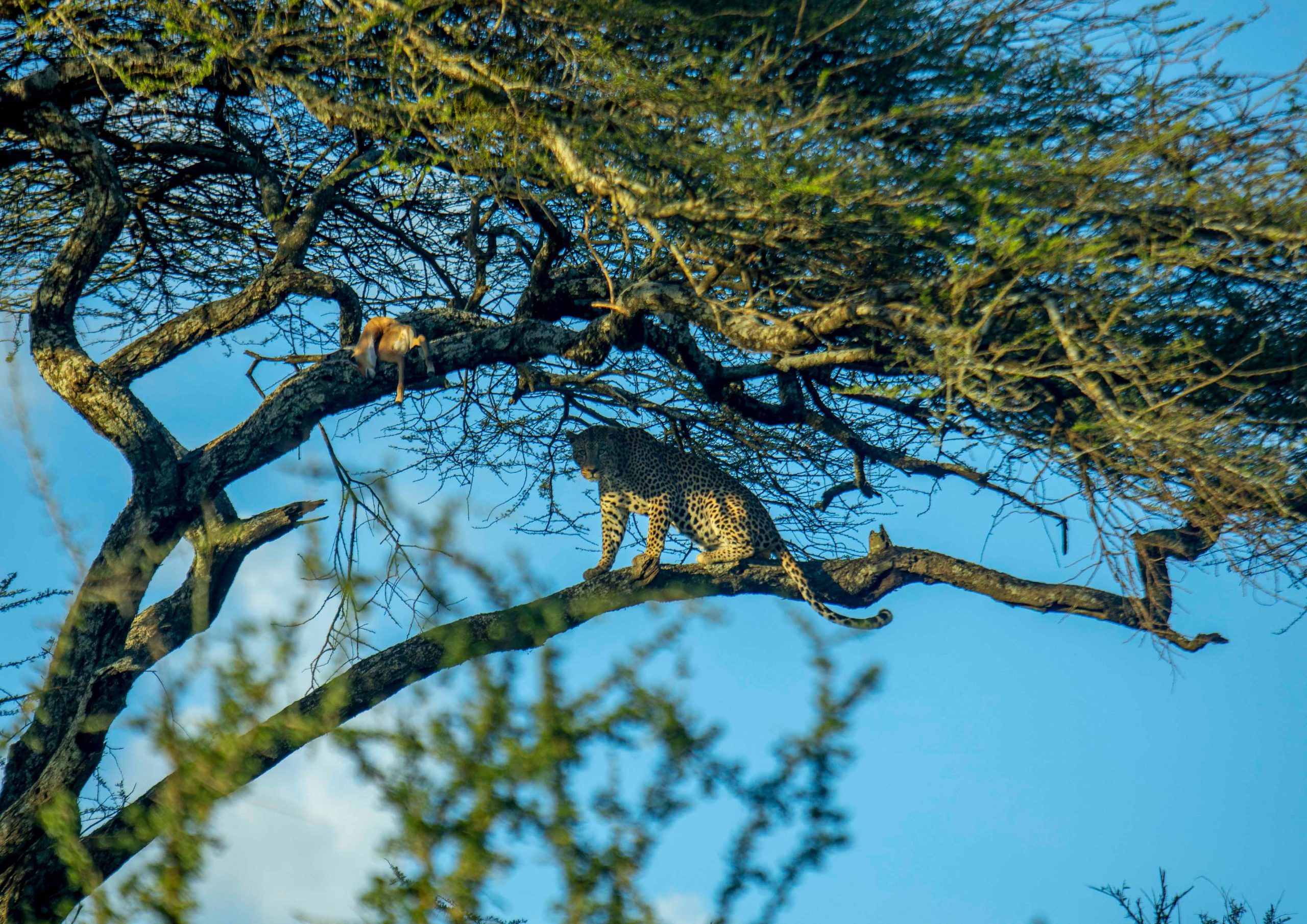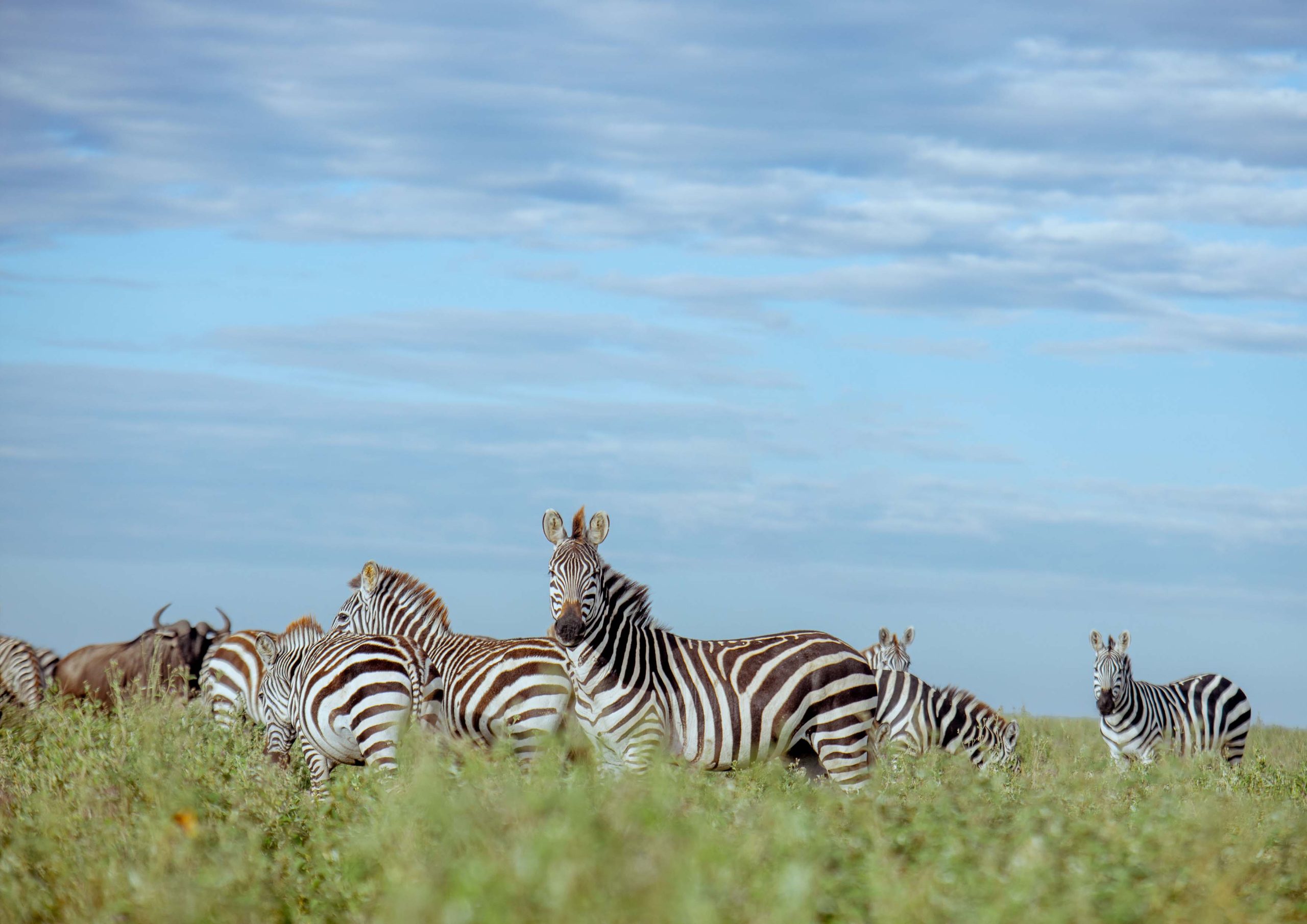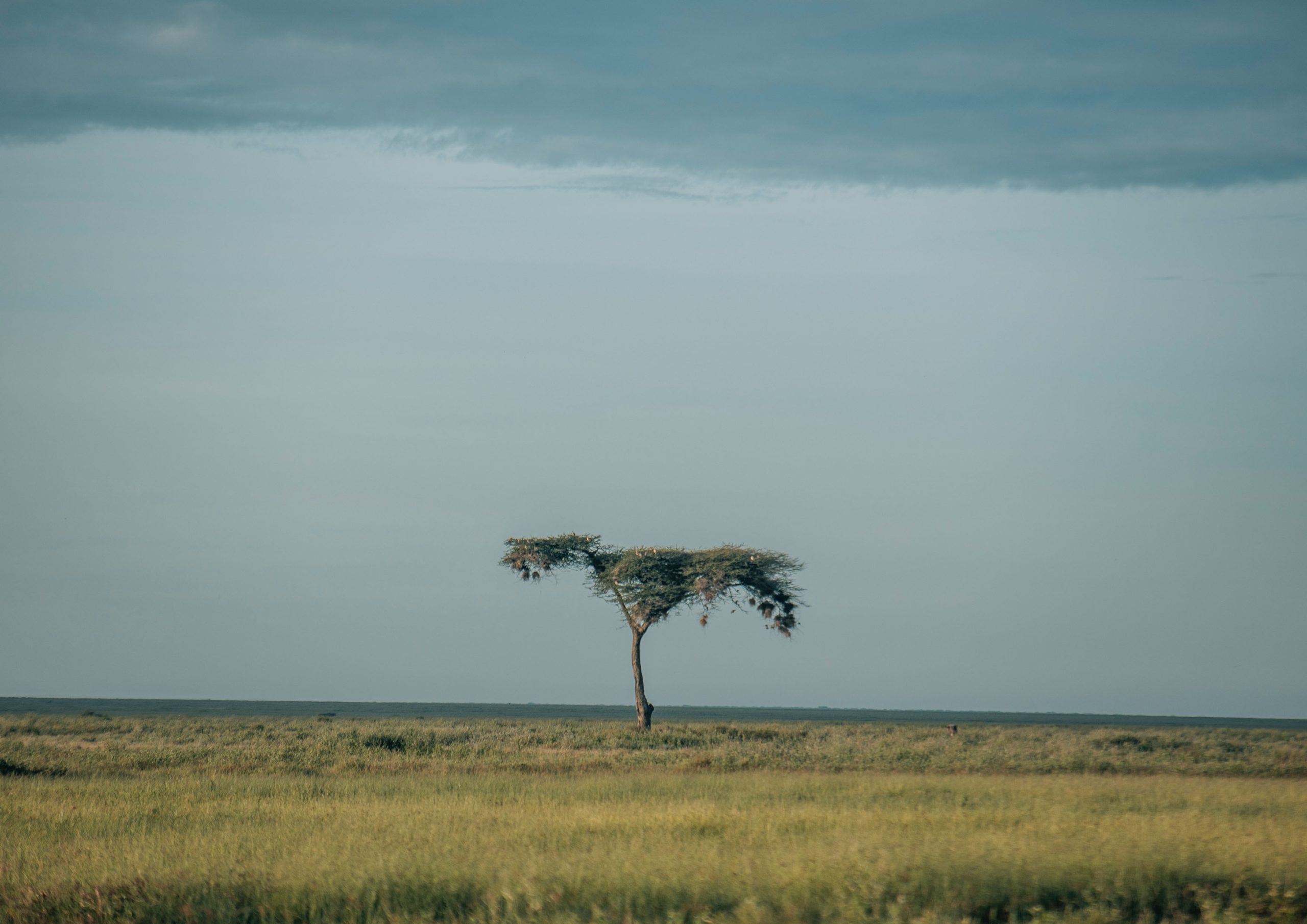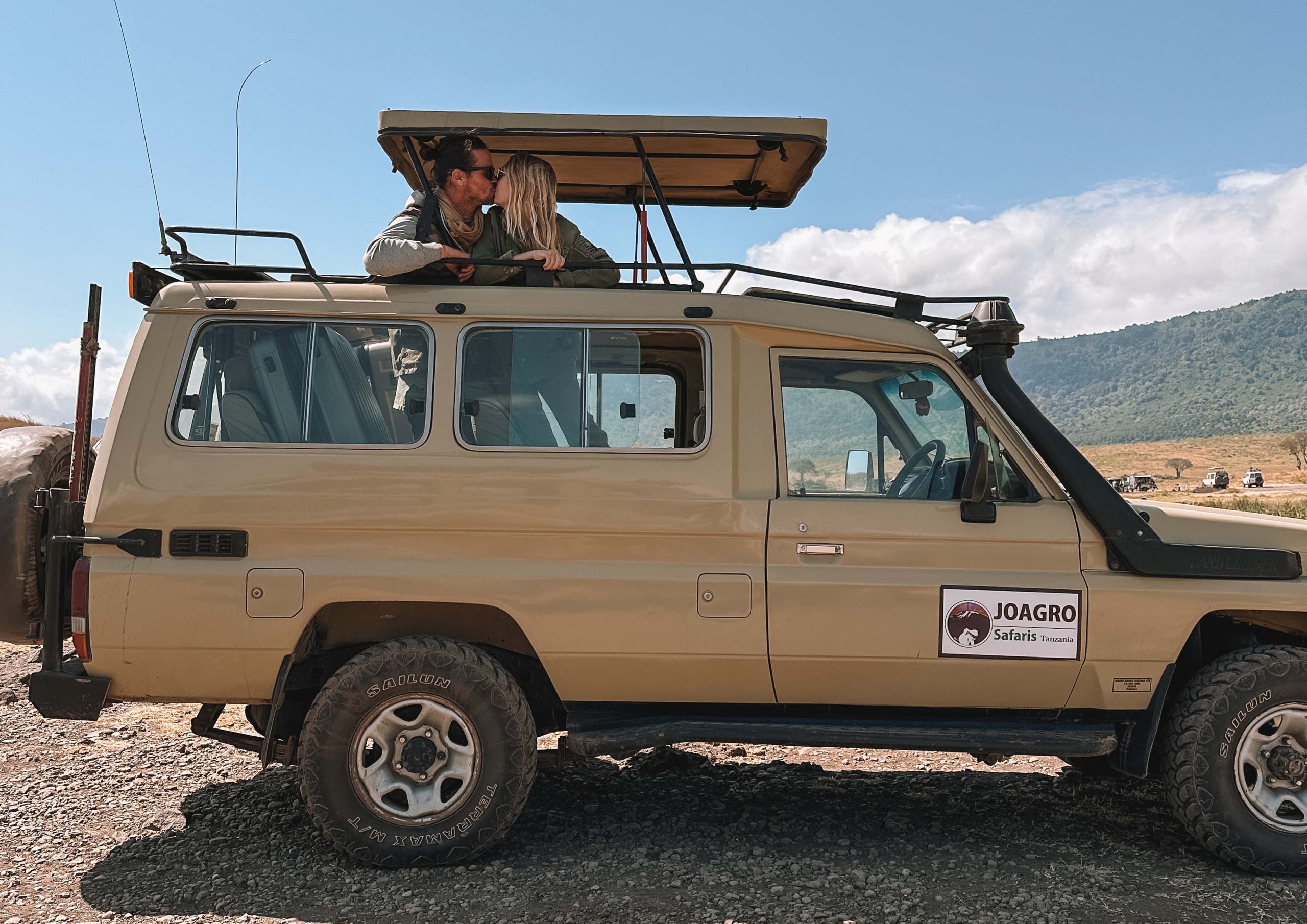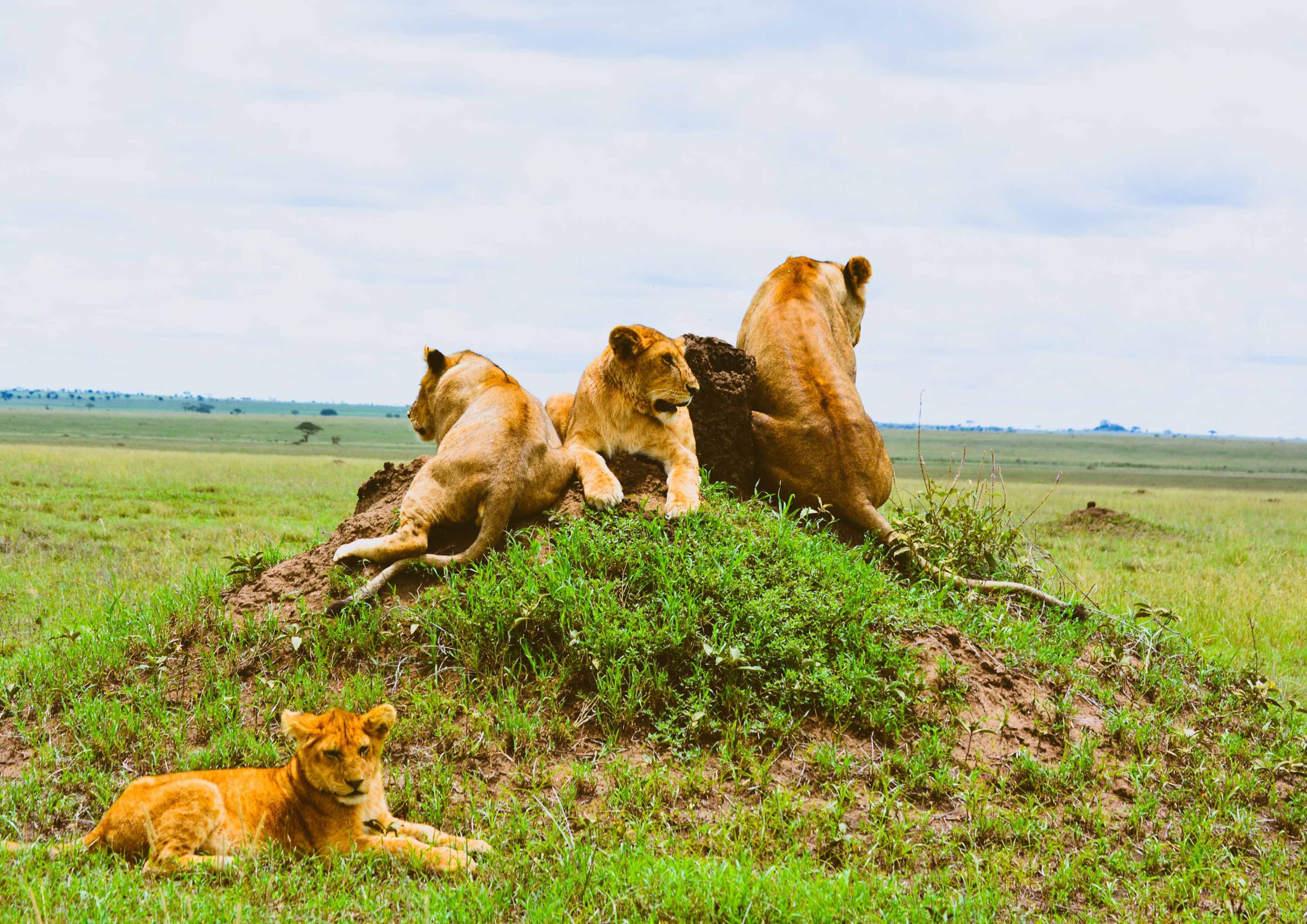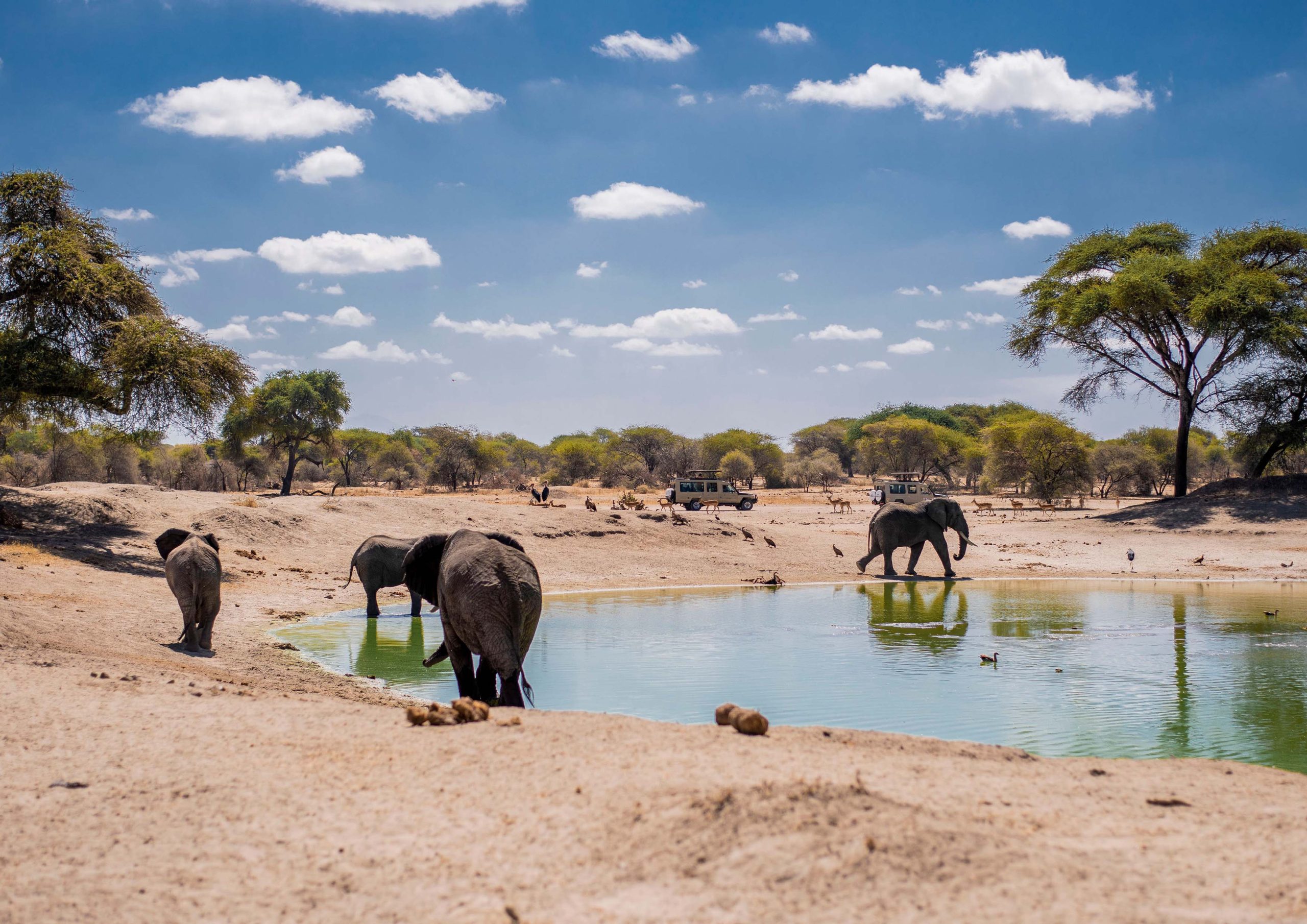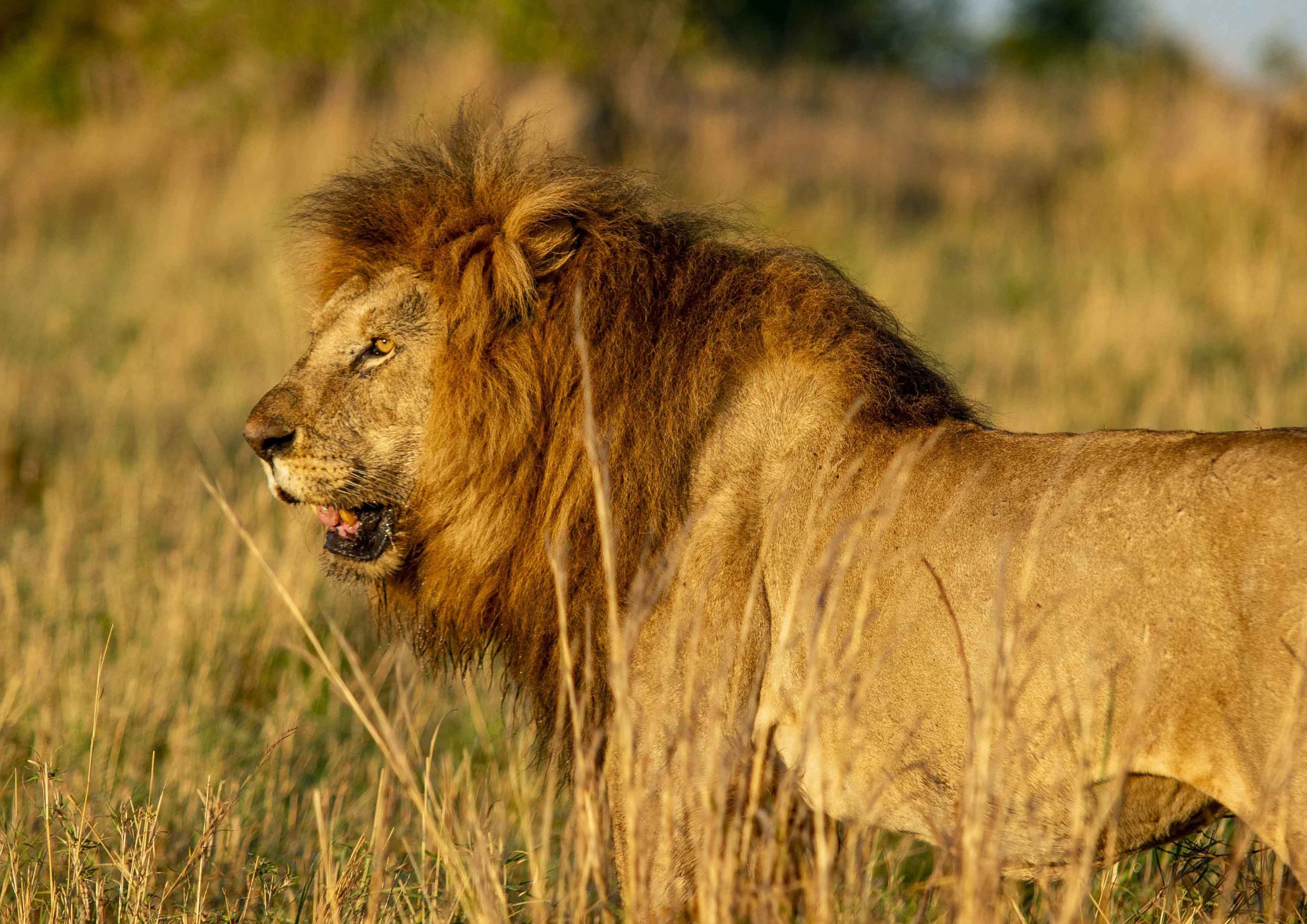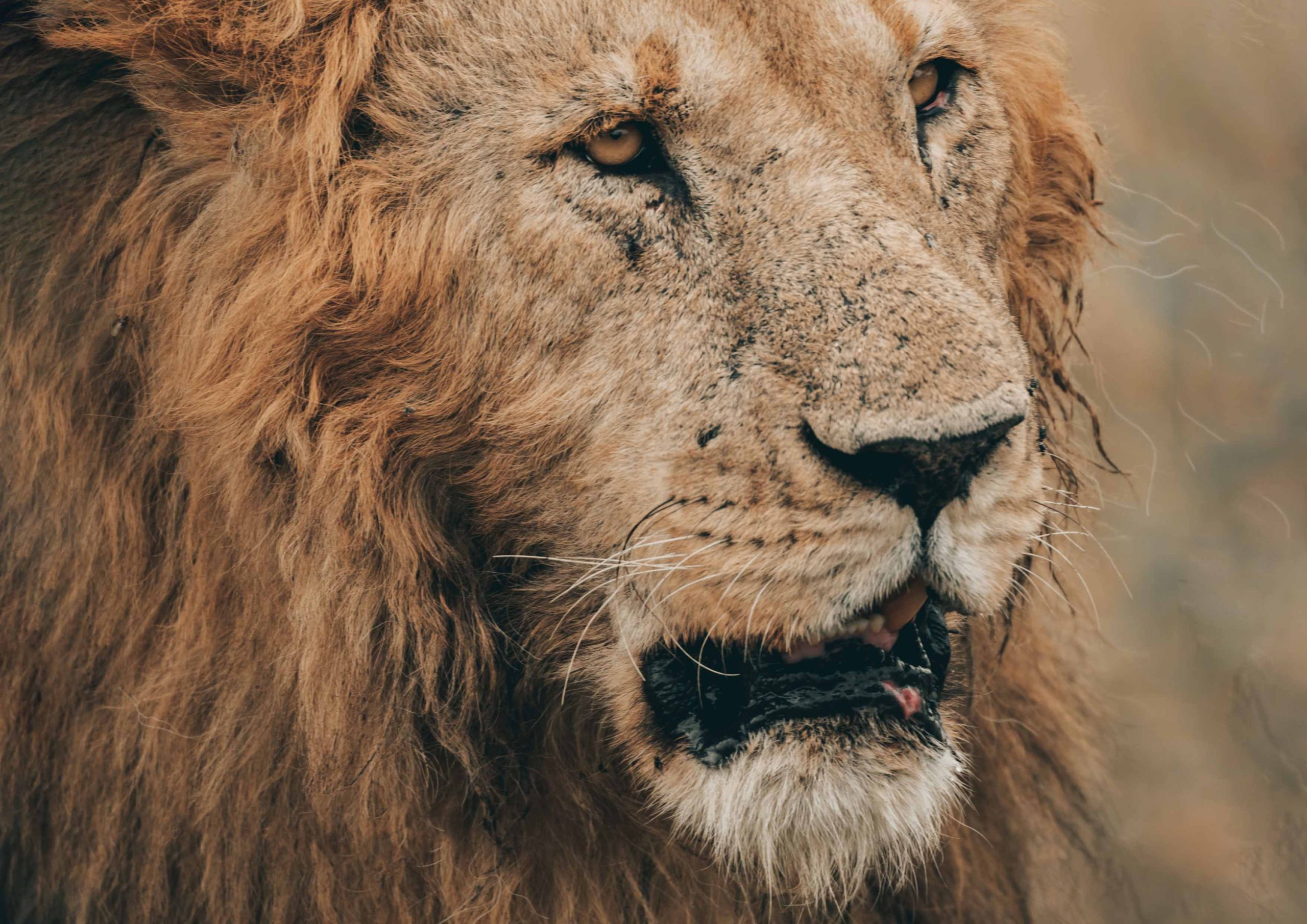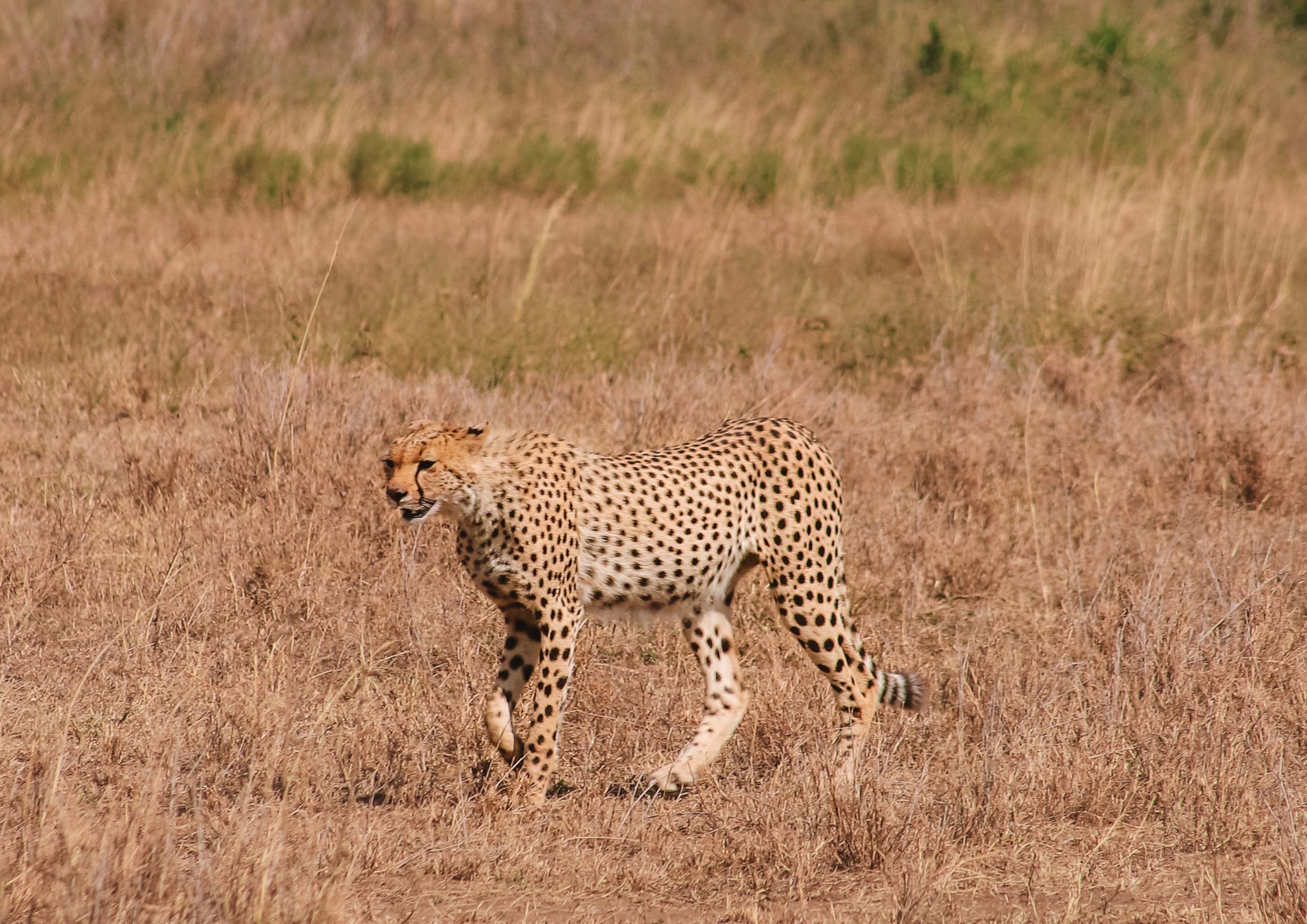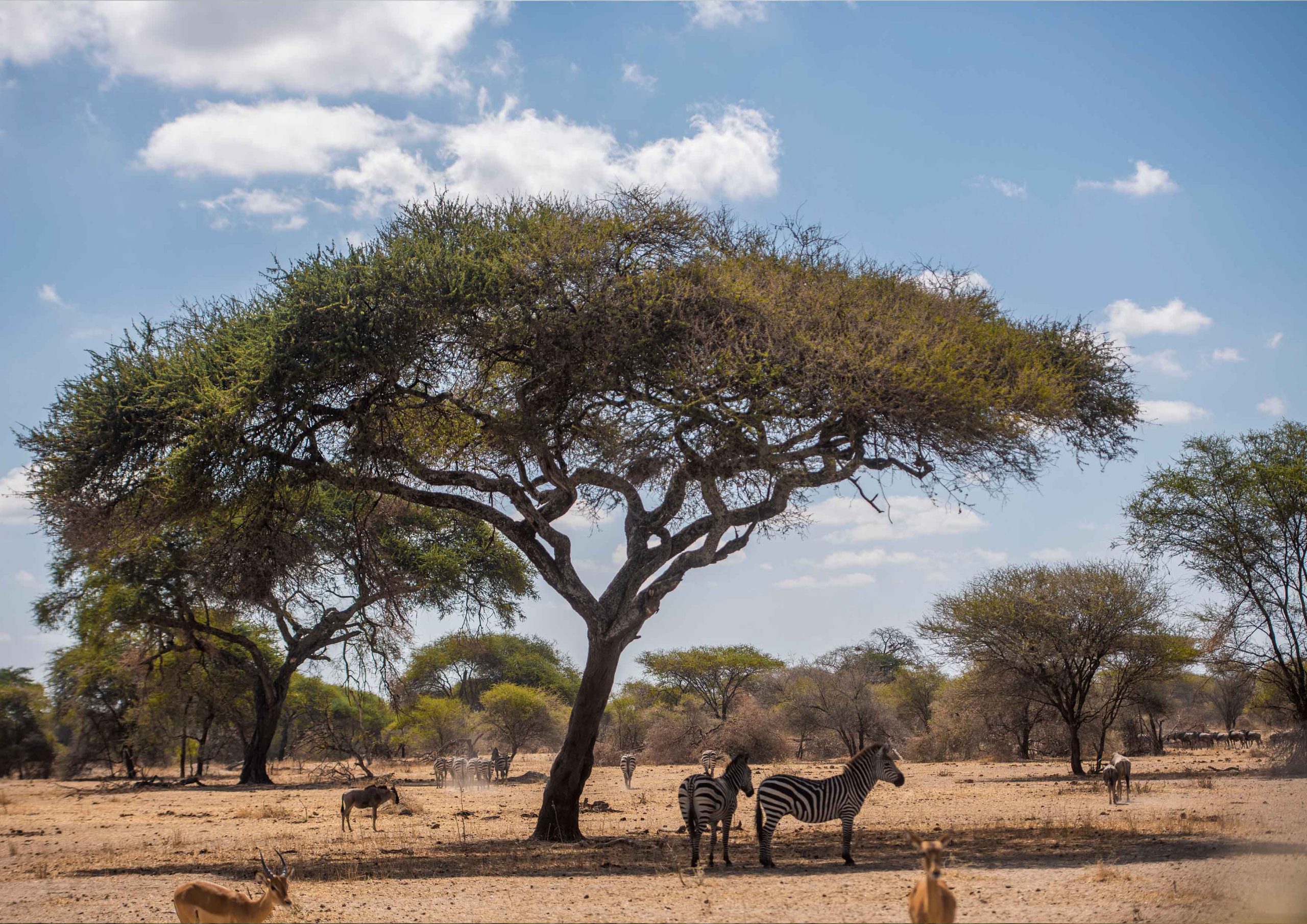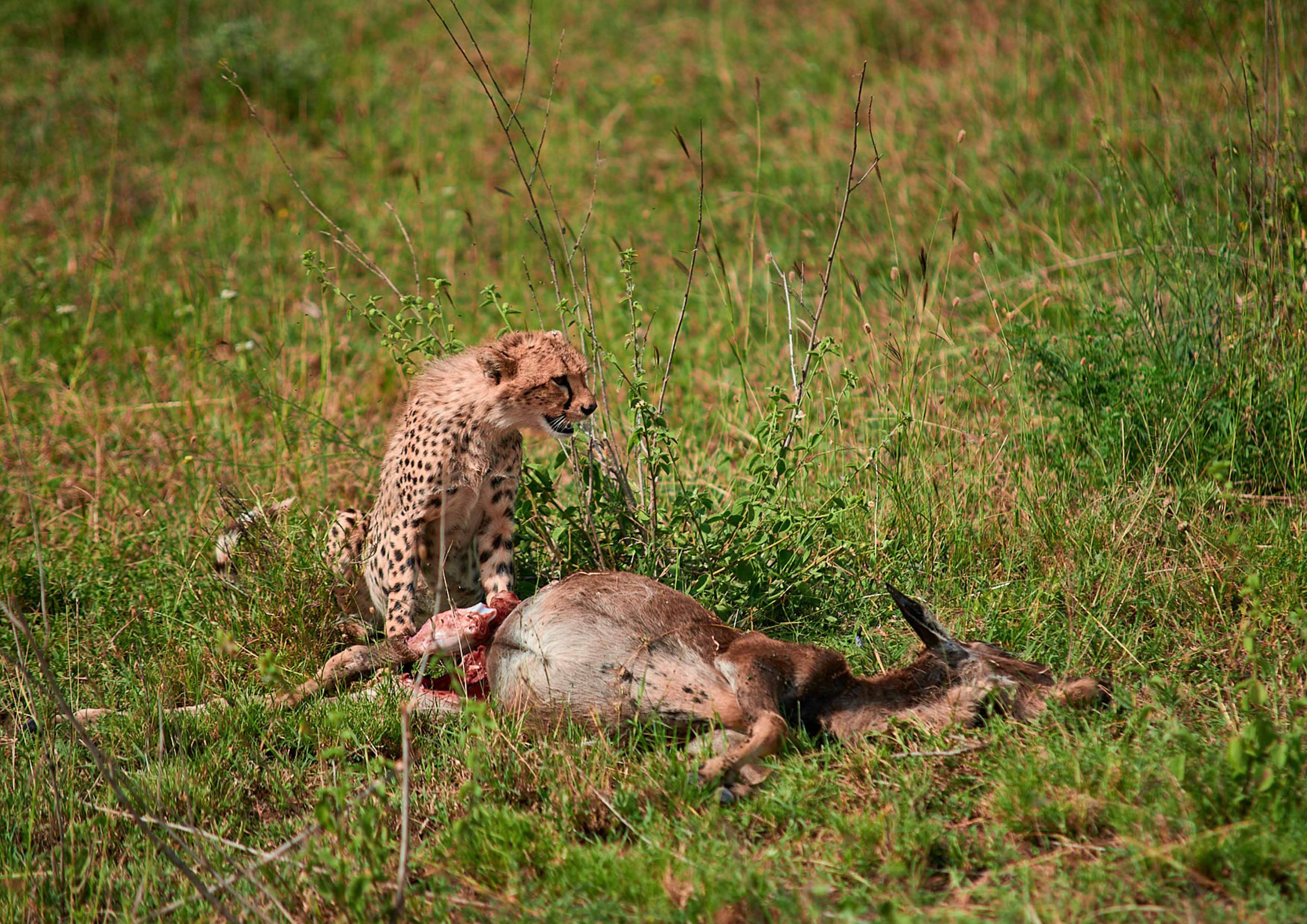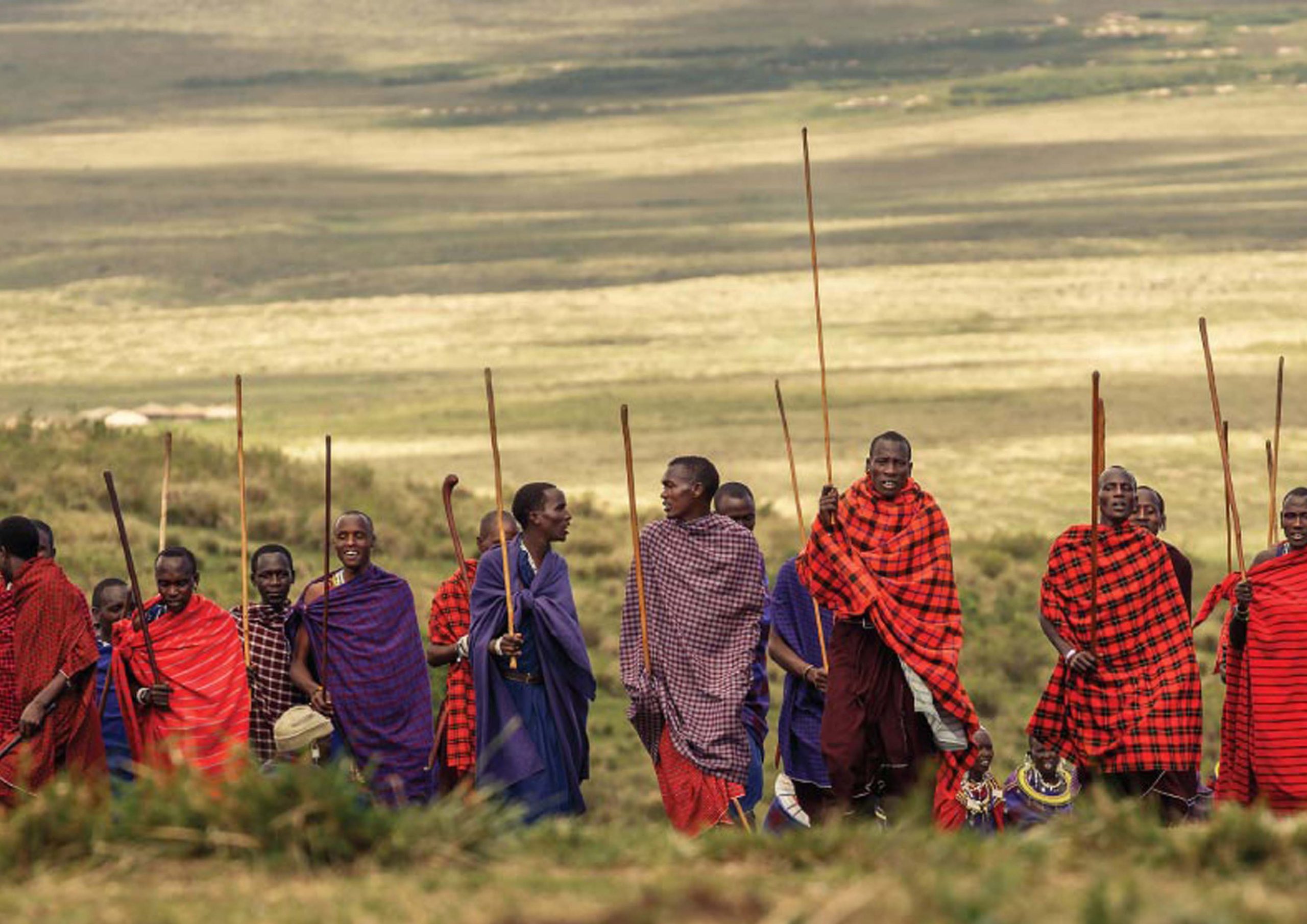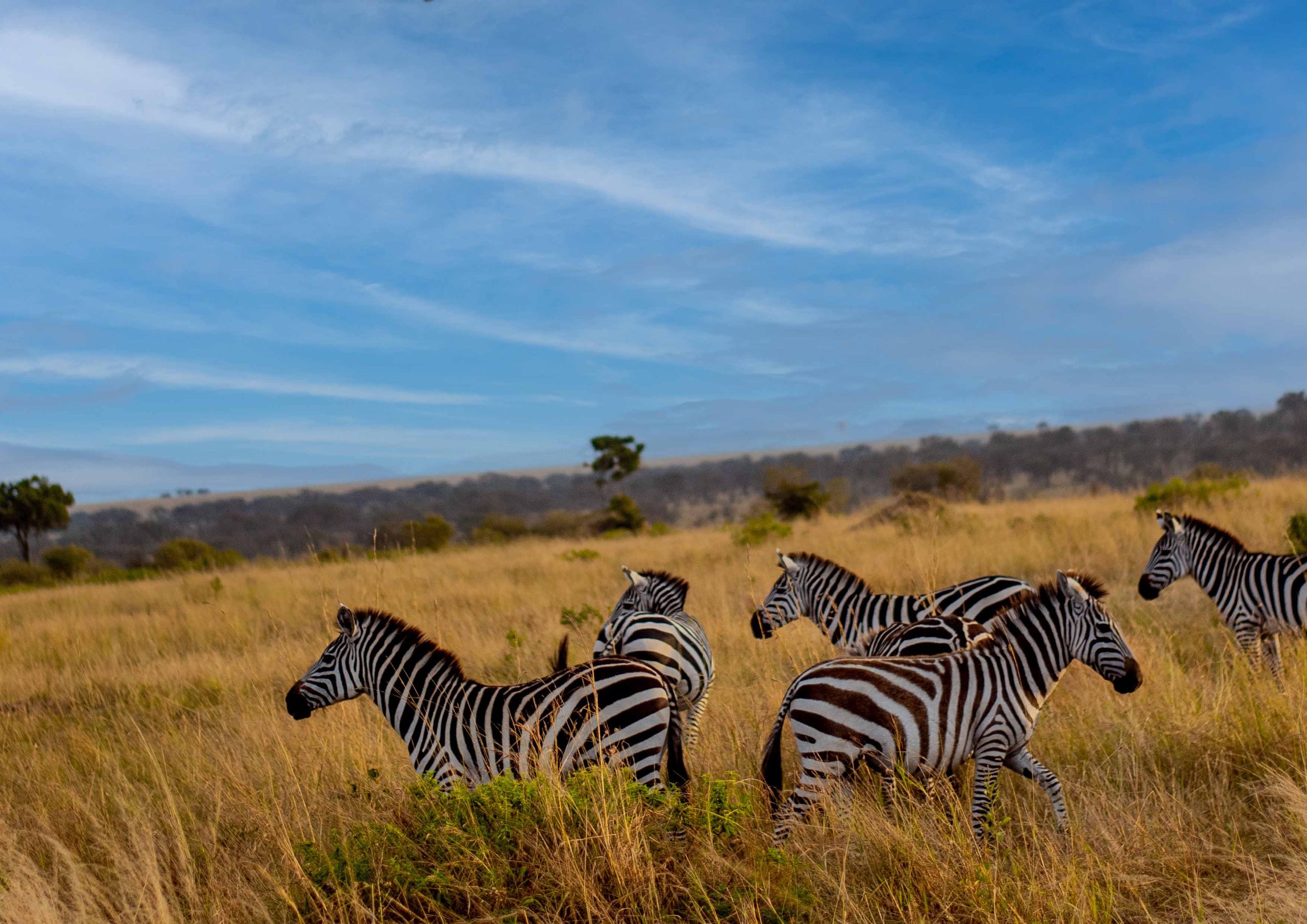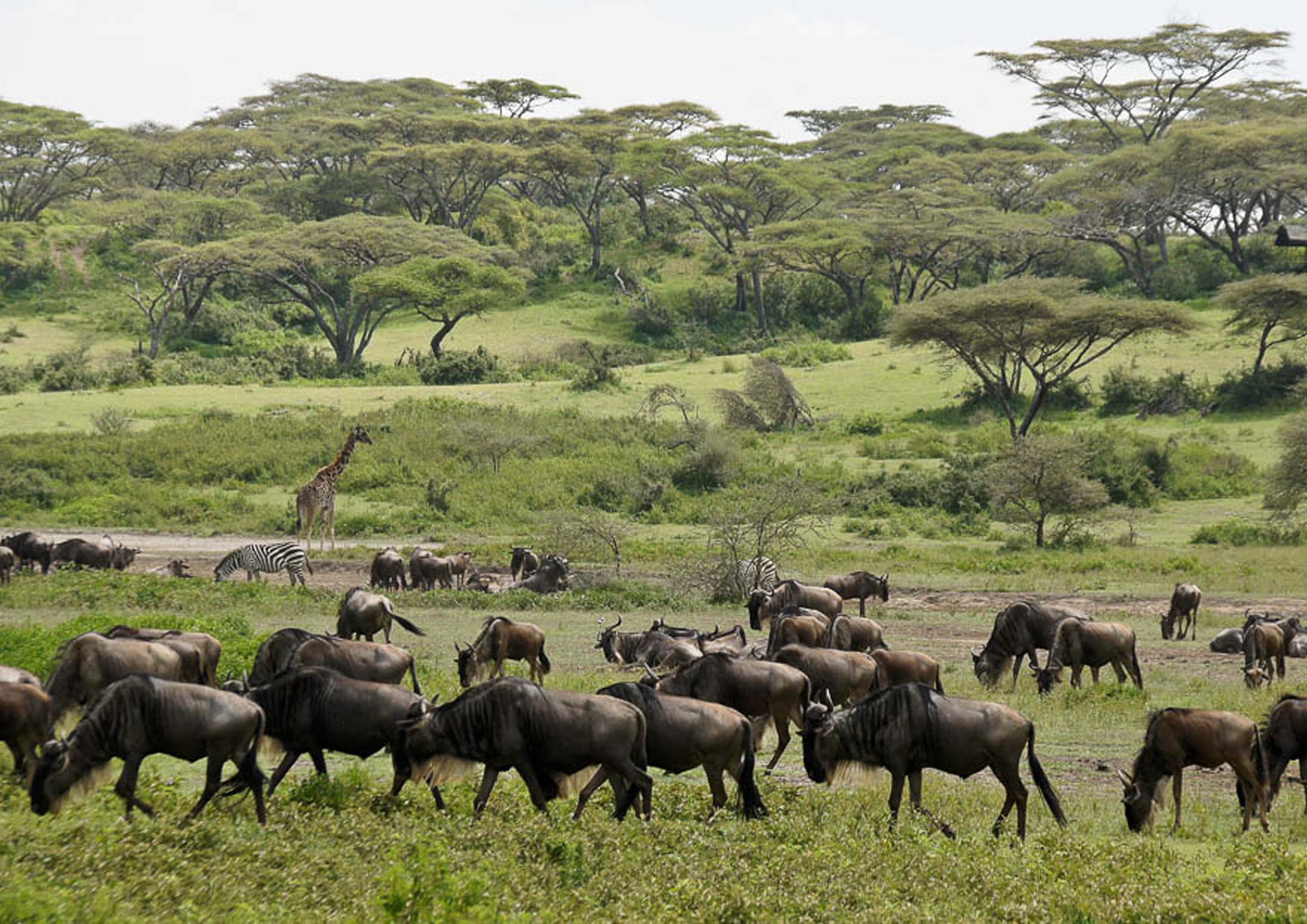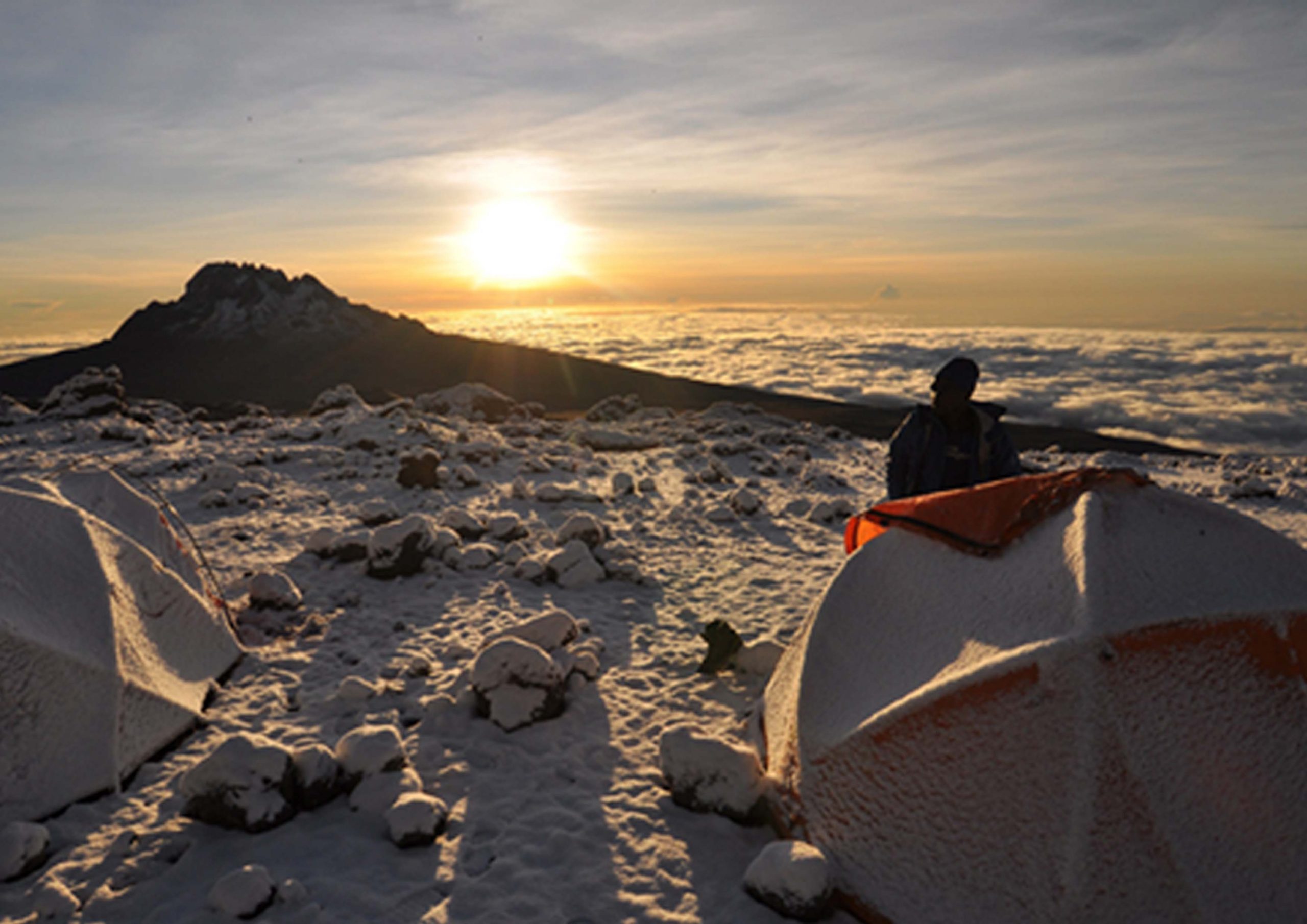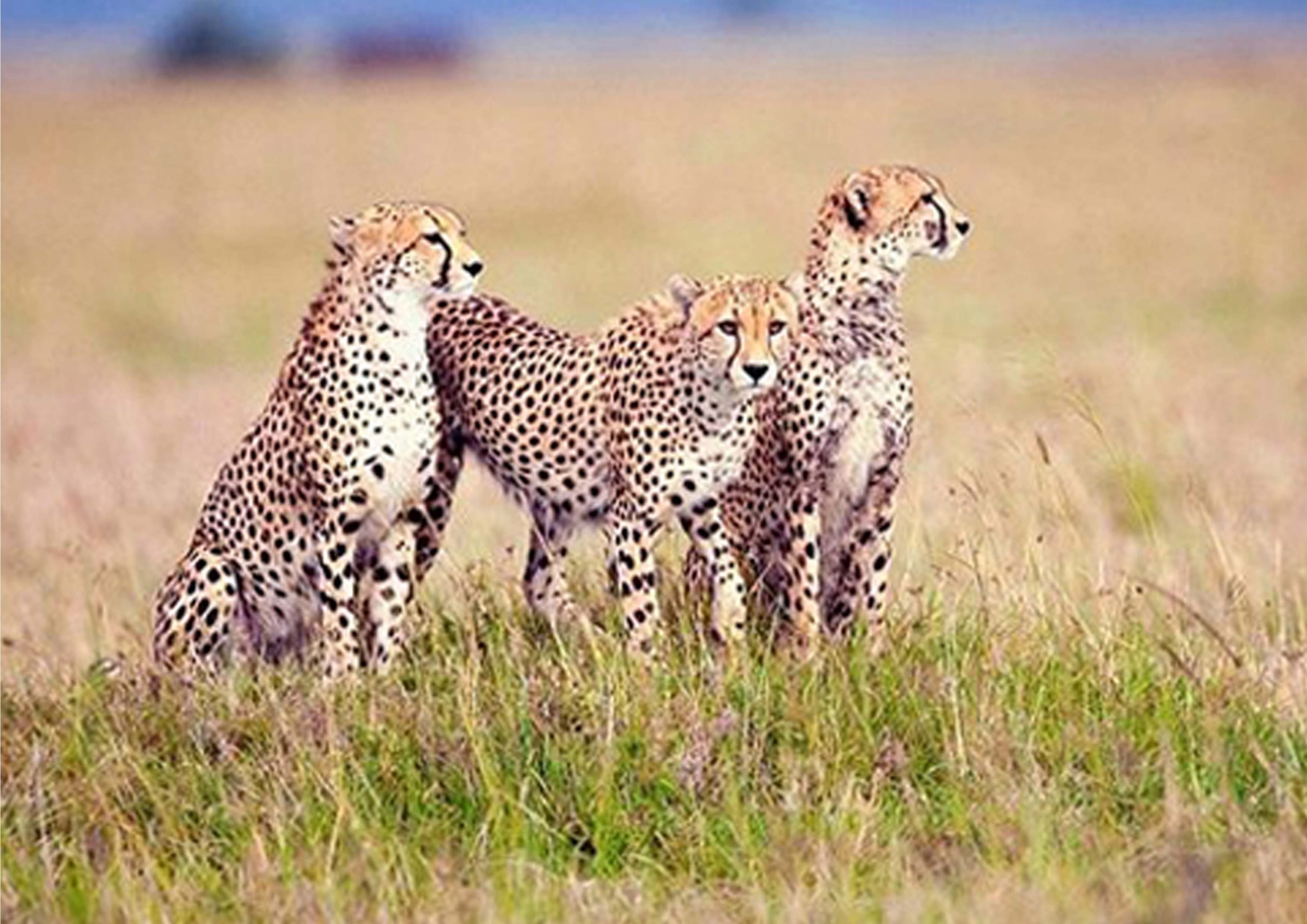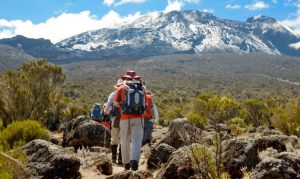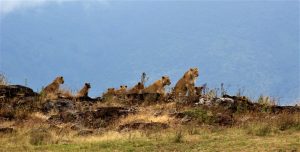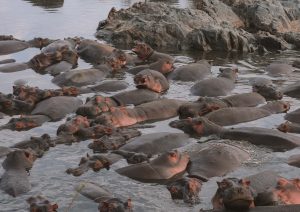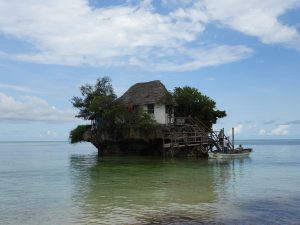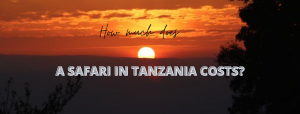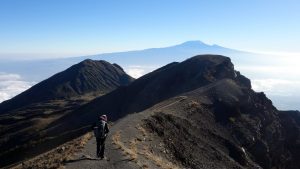Tanzania Safari 2025: Exploring the Heart of the Wild
Tanzania is home to some of the most diverse ecosystems in Africa, making it a prime destination for those seeking an authentic wildlife experience. From the vast plains of the Serengeti to the dramatic calderas of Ngorongoro, this East African country offers a safari experience that immerses travelers in the natural world. In 2025, the allure of Tanzania’s parks and conservation areas continues to draw people from all over the globe, offering unparalleled opportunities to observe wildlife in its natural habitat.
Overview of Tanzania’s Safari Regions
Tanzania boasts a range of protected areas that provide different environments for safaris. The country’s safari circuit is broadly divided into the northern, central, and southern regions, each with its unique landscapes and wildlife populations.
The Serengeti: A Hub for the Great Migration
The Serengeti National Park is perhaps the most well-known safari destination in Tanzania. Spanning an area of approximately 14,750 square kilometers, the Serengeti’s plains are famous for being the stage of the annual Great Migration, where over a million wildebeest and hundreds of thousands of zebras and gazelles make their journey in search of greener pastures. This spectacular migration sees predators such as lions, cheetahs, and hyenas closely trailing the migrating herds, providing fascinating predator-prey dynamics.
The Serengeti’s ecosystem varies from grassy savannas to riverine forests, ensuring that the park supports a wide variety of animal species. Visitors often have the chance to see the “Big Five” – lion, leopard, elephant, rhinoceros, and buffalo – along with a host of other species such as giraffes, hippos, and crocodiles.
Ngorongoro Crater: The Natural Amphitheater
The Ngorongoro Conservation Area is one of Tanzania’s most iconic landscapes, defined by its massive volcanic caldera, the largest unbroken and unflooded in the world. This natural formation creates a unique microcosm of the African wilderness, where wildlife roams freely in the crater’s confines.
The dense concentration of wildlife within the crater makes it a hotspot for sightings. The area is particularly notable for its population of endangered black rhinos, which are relatively easy to spot in the open landscape. Lions, zebras, wildebeest, and flamingos also thrive here, with the crater lake often supporting vibrant birdlife.
Ngorongoro also holds a special place in human history. The Olduvai Gorge, located within the conservation area, is a significant archaeological site where some of the earliest human fossils were discovered. Visiting this area offers an intriguing blend of natural history and human evolution.
Tarangire National Park: The Land of Giants
Tarangire is often overshadowed by its more famous neighbors, the Serengeti and Ngorongoro, but it offers a distinct safari experience. It is well known for its large herds of elephants, sometimes numbering in the hundreds, which roam the park’s baobab-studded landscapes. The park is a haven for birdwatchers, with over 500 species recorded here, making it one of the best birding destinations in East Africa.
The Tarangire River, which snakes through the park, attracts a wide range of wildlife during the dry season, when animals gather to drink from its waters. This concentration of wildlife offers great viewing opportunities, with lions, leopards, and buffalo frequently spotted near the riverbanks.
Lake Manyara National Park: A Gem on the Rift Valley Floor
Lake Manyara National Park, located at the base of the Rift Valley escarpment, offers a unique ecosystem compared to the open plains of the Serengeti or the dramatic heights of Ngorongoro. The park is dominated by a large soda lake that supports large populations of flamingos, pelicans, and other waterbirds. The lush vegetation around the lake, including groundwater forests and acacia woodlands, provides a habitat for a variety of wildlife.
Manyara is famous for its tree-climbing lions, although sightings of this behavior are not guaranteed. The park is also home to large numbers of elephants, hippos, giraffes, and baboons, making it a rewarding stop on a safari circuit.
Southern Tanzania: A Different Kind of Safari
While the northern circuit is well-trodden, southern Tanzania offers more remote and less crowded safari destinations, perfect for those seeking a quieter, more intimate experience. Two key parks in this region are the Selous Game Reserve and Ruaha National Park.
- Selous Game Reserve: One of the largest protected areas in Africa, Selous offers a more off-the-beaten-path experience compared to the northern parks. It is crossed by the mighty Rufiji River, where boat safaris are popular, allowing visitors to see crocodiles, hippos, and waterbirds up close. Walking safaris and fly camping are also highlights in Selous, offering a more immersive experience.
- Ruaha National Park: Known for its rugged landscapes and excellent predator sightings, Ruaha is Tanzania’s largest national park. It is particularly noted for its high density of lions and large elephant populations. The park’s remote location means that it sees far fewer visitors, making it ideal for those seeking solitude amidst nature.
Zanzibar: A Coastal Contrast
For many, a safari in Tanzania is not complete without a visit to Zanzibar, the island archipelago off the coast of mainland Tanzania. The contrast between the dry savannas and lush coral reefs creates a perfect post-safari escape. Zanzibar’s white sandy beaches and turquoise waters are ideal for relaxation after the rigors of a safari. For the more adventurous, snorkeling, diving, and spice tours offer a rich array of activities. Stone Town, the historic heart of Zanzibar, is a UNESCO World Heritage Site and provides insight into the island’s rich cultural history.
Planning a Safari in Tanzania in 2025
Tanzania’s safari industry is well-established, and there are various ways to plan a trip, depending on your interests and budget. Here are some key considerations for planning a safari in 2025:
Best Time to Visit
The timing of a safari in Tanzania can greatly influence the kind of experience you will have.
- Dry Season (June to October): This is the most popular time to visit Tanzania’s national parks. During these months, the lack of rain causes animals to congregate around water sources, making them easier to spot. The Great Migration typically crosses the Mara River into Kenya’s Maasai Mara in August, with the dramatic river crossings providing some of the most intense wildlife viewing of the year.
- Wet Season (November to May): While some areas, such as the Serengeti, are accessible year-round, the wet season offers a different kind of experience. This is the best time for birdwatching, as migratory birds arrive in large numbers. The landscape is lush and green, and this period, particularly January to March, coincides with the calving season in the Serengeti, where thousands of young wildebeest, zebras, and other herbivores are born. However, heavy rains in April and May can make travel difficult in certain areas.
Types of Safaris
Tanzania offers a wide range of safari options, from luxury lodges to budget-friendly camping trips.
- Luxury Lodges: For those looking for comfort, Tanzania has some of the most luxurious safari lodges in Africa. These lodges often include private game drives, guided walks, and gourmet dining. Some of the best-known luxury properties are located in the Serengeti and Ngorongoro areas.
- Mobile Camps: Mobile camps are a unique way to experience the Great Migration. These camps follow the herds and are set up in strategic locations, providing front-row seats to one of nature’s most spectacular events.
- Budget Safaris: For travelers on a tighter budget, there are plenty of affordable options. Many safari companies offer group tours that include game drives, meals, and camping in national parks. These tours still offer great wildlife experiences but without the high price tag of luxury lodges.
Conservation and Responsible Travel
As safari tourism grows in popularity, there is a greater emphasis on sustainability and conservation. Many of Tanzania’s national parks and reserves are supported by eco-tourism, where fees paid by visitors help to fund conservation efforts and local community projects.
In 2025, Tanzania’s parks will likely continue to emphasize responsible travel practices. Visitors are encouraged to choose lodges and tour operators that prioritize sustainability, such as minimizing their environmental footprint and supporting local conservation projects.
Tourists should also be mindful of the impact they have on the environment and wildlife. This includes following park regulations, such as keeping a respectful distance from animals, not littering, and avoiding disturbing wildlife during game drives.
The Importance of a Knowledgeable Guide
A safari in Tanzania is greatly enhanced by the presence of a knowledgeable guide. These professionals not only help to track and spot wildlife but also provide invaluable insights into the behavior of animals and the ecosystems they inhabit. A good guide can turn a standard game drive into an educational and immersive experience, helping travelers to better understand and appreciate the complexities of the natural world.
When planning a safari, it’s essential to research tour operators carefully and ensure that their guides are experienced and qualified. Some operators offer specialist guides for birdwatching, photography, or walking safaris, depending on the focus of your trip.
Practical Information for Safari-Goers in 2025
- Health and Safety: Malaria is a concern in many parts of Tanzania, so taking anti-malarial medication and using insect repellent is recommended. Travelers should also ensure they have up-to-date vaccinations before visiting. Carrying basic first-aid supplies is also advisable for any safari trip.
- Visas and Entry Requirements: Most visitors to Tanzania will require a visa. In 2025, the Tanzanian government may continue its e-visa system, which allows

